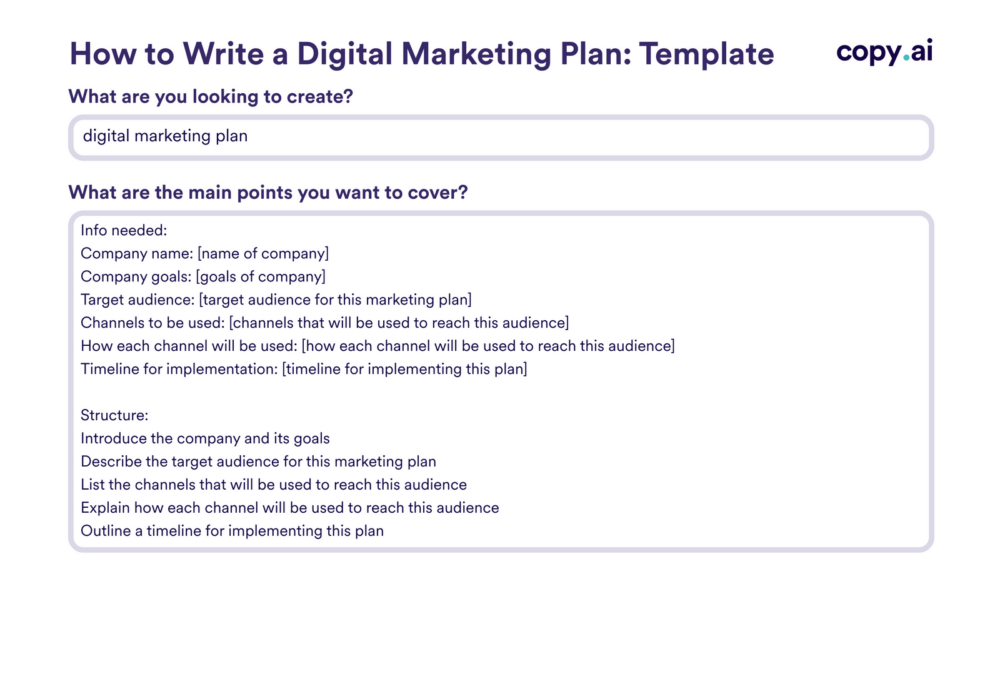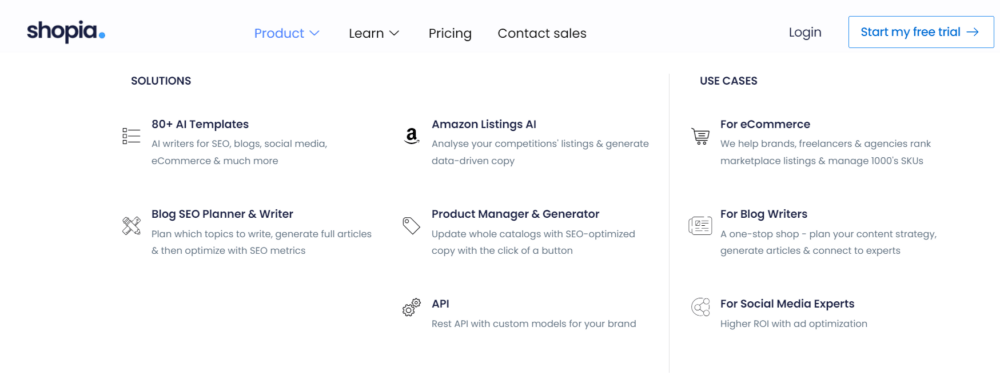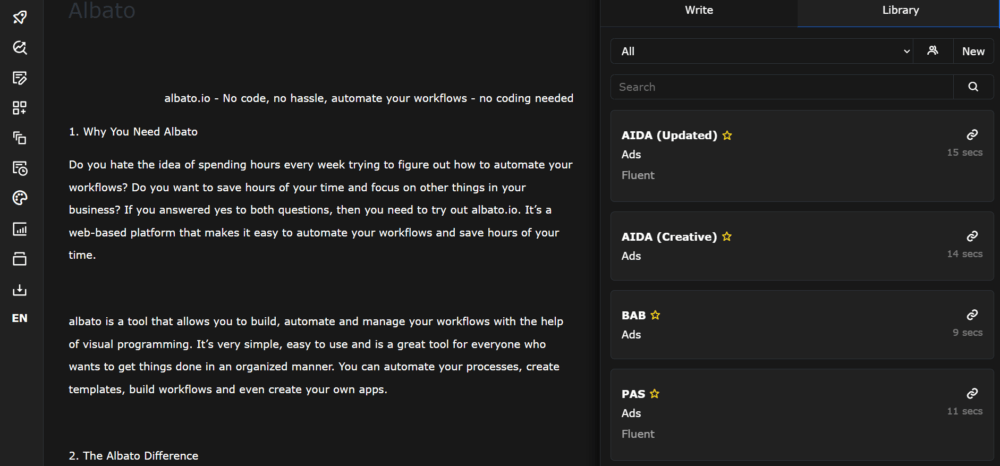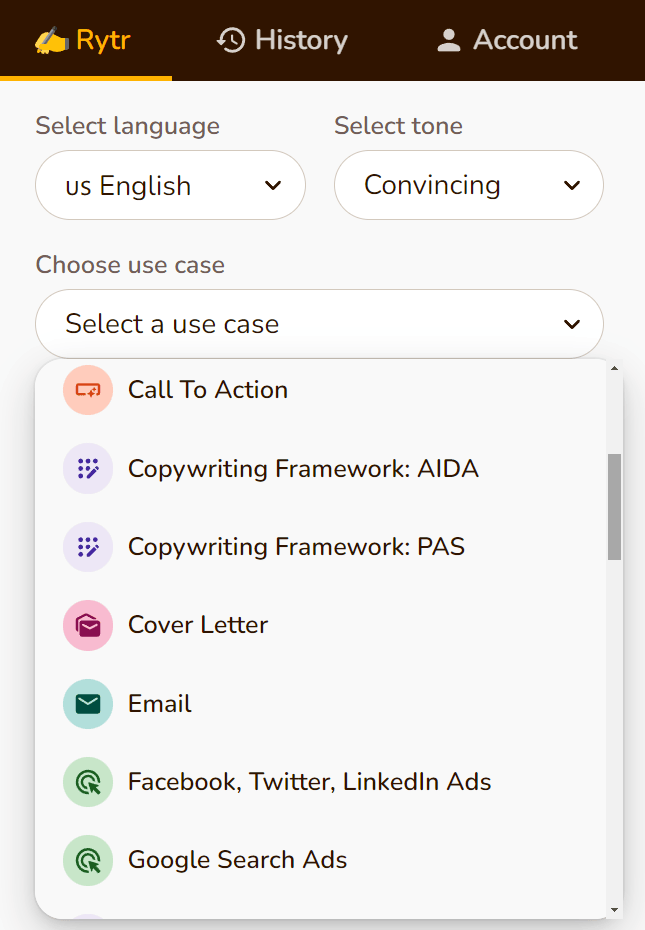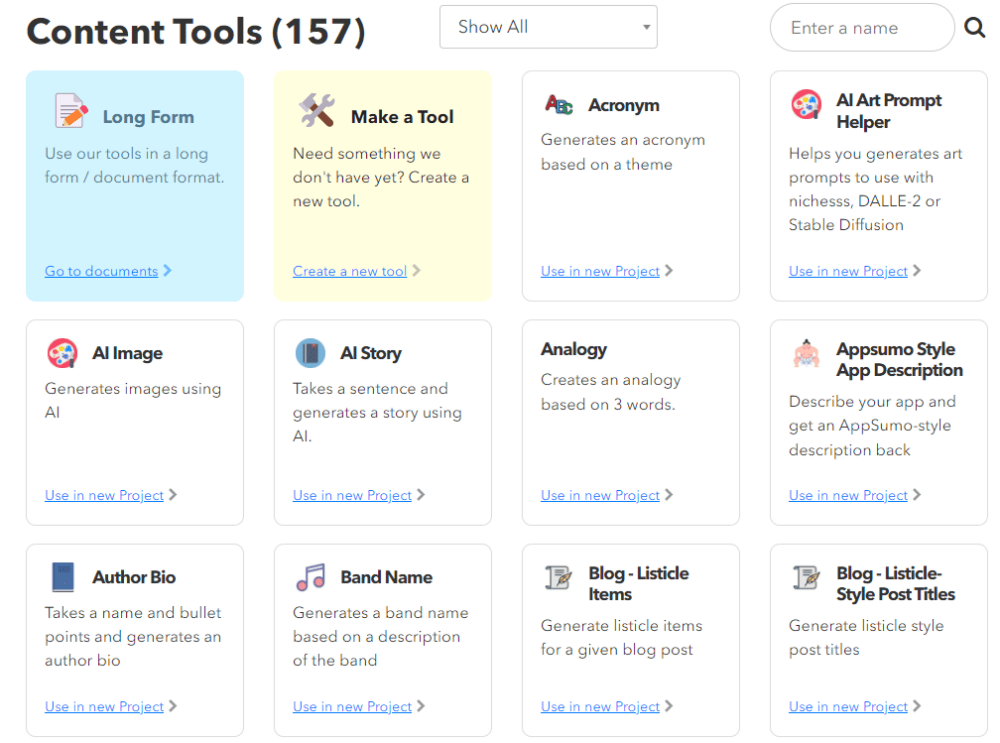Copywriting Fundamentals for Business Owners Trying to Give Their Business a Boost Online
Here are the top copywriting fundamentals to put into practice so you can boost your business online today

Every business owner knows how important it is to build an online presence nowadays.
A business can’t succeed without being online. Whether that’s in the form of an active social media account, a consistent blog, an out-of-this-world website with all the bells and whistles, or anything else, unless you have solid copywriting, it won’t convert.
That’s why it’s so essential to master the copywriting fundamentals.
Copywriters live and breathe these lessons, and it’s what makes them so desirable and one of the highest return-on-investments.
So, with that in mind, here are the top copywriting fundamentals to put into practice so you can boost your business online today.
But first:
Get the Best Updates on SaaS, Tech, and AI
What Exactly Is Copywriting?
Let’s start with the basics: the definition of copywriting.
Copywriting is any written words that aim to convert.
While copywriters out there will tell you that copywriting is “words that sell,” that’s not always the case.
Conversion, on the other hand, is what copywriting is all about.
For example, website copy could be written to convert visitors into leads. A landing page on that website might be written to convert visitors into email subscribers. Good copywriting aims to get the reader closer to making a purchase.
On the other hand, direct response copywriting and conversion are all about making sales there and then. However, copywriting focuses on getting the reader to take action and allowing them to start their journey uphill when they finally purchase.
Copywriting uses creativity, psychology, and sales strategy to assemble words that provoke the reader to take said action. It’s not as simple as “write what sounds good.” Every word needs a purpose, and there’s a lot of data interpretation for successful copywriting.
Copywriting Fundamentals

So, what are the copywriting basics that every business owner should know? We’ll explain the top copywriting fundamentals so your brand can make its mark online today.
Copywriting Fundamental 1: Focus On Benefits, Support With Features
While some copywriters may tell you to ignore features altogether, they play a role in the selling process.
It’s about getting the right balance.
What Is The Difference Between a Feature and a Benefit?
It’s crucial to understand the difference between a benefit and a feature.
A benefit tells the consumer the more profound, life-changing component of a product or service. It often relays a transformation, which ties into an emotional shift.
On the other hand, a feature is about the little add-ons that are appealing but don’t offer a big transformation.
Suppose we took a kettle, for example. Perhaps this kettle boiled in less than 20 seconds.
Super-fast boiling time is a feature.
But we can turn a said feature into a benefit by asking ourselves, “how does that change my life?”
This will depend on who you’re selling to (more on that later). The more clarity you have over that, the more targeted your benefits.
So, let’s say, in this case, we’re selling to people who work-from-home
Our benefit could be “it’s super-fast boiling time means you’ll have your morning coffee in less than 1 minute, so you can get to that 9AM meeting on time and full of energy.”
Copywriting Fundamental 2: Know Who You’re Selling To
While this sounds obvious, you’d be amazed at how many brands tell their copywriter, “my target audience is everyone!”
It can be all too tempting, especially if it’s a mass-market product or service.
The truth is that every product has an ideal demographic and psychographics. In other words, there isn’t one product that appeals to everyone.
Think about water. H20.
The liquid gold we all need to survive.
You’d think that water is appealing to everyone, right?
Wrong.
Look at Fiji and how they compare to water brands like Walmart Bottled Water.
You could say that all water is the same, and it’s about how you market it.
But that’s precisely the point. Two products or services can sell the same thing. However, your marketing will depend on who you’re selling to.
In this case, your messaging will be highly influenced by who you’re aiming your product or services at.
For example, speaking to a college student will differ massively from talking to business owners.
The best way to do this is to get to know people in your ideal market—spot patterns in their language through social media. Watch videos and engage in the latest trends.
The better you know your ideal buyer, the more targeted your messaging. And when that happens, your chances of conversion are far more significant.
Copywriting Fundamental 3: Direct Address
Our third copywriting fundamental is one that you should not – under any circumstances – avoid.
Direct address means – unsurprisingly – addressing your reader directly. In other words, using “you” instead of “they.”
Copywriting works when it no longer sounds like writing and should mirror a friendly chat over coffee with a friend.
When was the last time you referred to your friend as “they” or “them” when you were talking directly to them?
This applies to every platform. So, if you’ve used “they” or “them” in place of “you,” make it a priority to switch it, and this will automatically add warmth to your copy and allow your reader to feel like you’re talking to them directly.
Copywriting Fundamental 4: Quit The Formalities
Formal writing, for most adults, is our natural writing style.
Since we’ve been in school, we’re told to prove how smart we are by writing formally and showing off our vocabulary.
This extends to when we graduate and start applying for jobs. We’re taught to prove our intelligence, and we’ll gain respect. Ultimately, this formal language helps us achieve our goal: get the job.
When you join the business world, this is flipped on its head.
And while it’s second nature to write formally to prove you’re an expert in the field, it has the opposite effect.
It isolates you and conveys to your readers that your brand is “too good” or “too clever” for them.
In the business world, simple writing converts better.
Don’t overcomplicate anything. Stick to an informal, warm writing style.
Simple Writing is Not Easy Writing
Don’t be lulled into the perception of “simple” being synonymous with “easy”.
Remember, you have been conditioned throughout your life to write formally. Words like “hence” or “thus” won’t fly now that you’re a business owner.
It will take practice. And I’ll warn you: you’ll struggle with this at first.
But keep going. The simpler you can make your writing, the better. A 10-year-old should be able to understand what you’re trying to say.
Copywriting Fundamentals 5: Determine Your Tone of Voice
A buzzword you’ll have heard a few times as a business owner is “consistency.”
Consistency is critical across all of your marketing strategies. And while we associate the term “consistency” with concepts like “posting on social media” and your sales process, it’s also highly applicable to your tone of voice.

Your brand’s tone of voice will make up a large proportion of your brand’s personality. Every brand out there has one. Your tone of voice needs to capture your brand’s ethos and values and appeal to your target audience.
It’s a tricky balance to master, so it’s best to document it. Once you have everything written down and have determined the brand’s personality, you can work backward and provide clarification and guidelines surrounding your tone of voice.
5 AI-Based Tools that Can Assist You in Your Copywriting
1. Copy.ai
Discover the full potential of an AI content generator that produces high-quality results in seconds. With a few clicks, you can generate high-converting copy for your campaign copywriting tasks. Using 90+ tools and templates, you can streamline content creation.
2. Shopia.ai
Scale your business by utilizing your AI writing and SEO Assistant.
80+ AI writers and analyzing top-performing content in your niche. The data-driven approach to creating and updating content
3. ClosersCopy
Increase Sales with SEO-Optimized Blogs and Irresistible Marketing Copy
Leverage the secrets of the world’s most potent copywriter…
and then let your copywriting robot do the rest!
4. Rytr
Rytr is an AI writing assistant that helps you create high-quality content, in just a few seconds, at a fraction of the cost! A better, 10x faster way to write marketing copies, emails, blogs, product descriptions, landing pages, social media content, and many more.
5. Nichesss
Forget about writer’s block. Simply click a button to get blog posts, ads, social media content, poems, business ideas, and more. Everything will be written for you by our bots.
Good Copywriting Can Transform and Elevate Your Business
Copywriting is a critical piece of the puzzle regarding business success.
You can have unique digital assets, but if you don’t have a strong copy that gets your ideal buyer clicking, there’s a tiny point.
That’s why it’s so important to nail the copywriting basics. Failing that, it may be time to consider outsourcing to a copywriter who practices these fundamentals daily.
Regardless of your route, your brand needs conversion-heavy, well-crafted copywriting to succeed.
Over the past decade, Liz Slyman has worked as a copywriter and digital marketing executive for many companies, from startups to mid-sized businesses to working as the VP of marketing for award-winning, platinum-selling artists, and is now teaching copywriting courses. Leveraging an understanding of the nuance of language in marketing, Liz founded Amplihigher, a content marketing and copywriting agency designed to connect consumers to companies in a way that results in next-level brand expansion.
FTC Disclosure: The pages you visit may have external affiliate links that may result in me getting a commission if you decide to buy the mentioned product. It gives a little encouragement to a smaller content creator like myself.



